PPT-Exploiting TEMPO NO 2 observations to better understand background NO
Author : kylie | Published Date : 2024-02-09
x and NO x emissions over North America Daniel Jacob Viral Shah Ruijung Dang Laura Yang Shah et al in prep Dang et al in prep Lowest 2 km contributes only 30
Presentation Embed Code
Download Presentation
Download Presentation The PPT/PDF document "Exploiting TEMPO NO 2 observations to b..." is the property of its rightful owner. Permission is granted to download and print the materials on this website for personal, non-commercial use only, and to display it on your personal computer provided you do not modify the materials and that you retain all copyright notices contained in the materials. By downloading content from our website, you accept the terms of this agreement.
Exploiting TEMPO NO 2 observations to better understand background NO: Transcript
Download Rules Of Document
"Exploiting TEMPO NO 2 observations to better understand background NO"The content belongs to its owner. You may download and print it for personal use, without modification, and keep all copyright notices. By downloading, you agree to these terms.
Related Documents

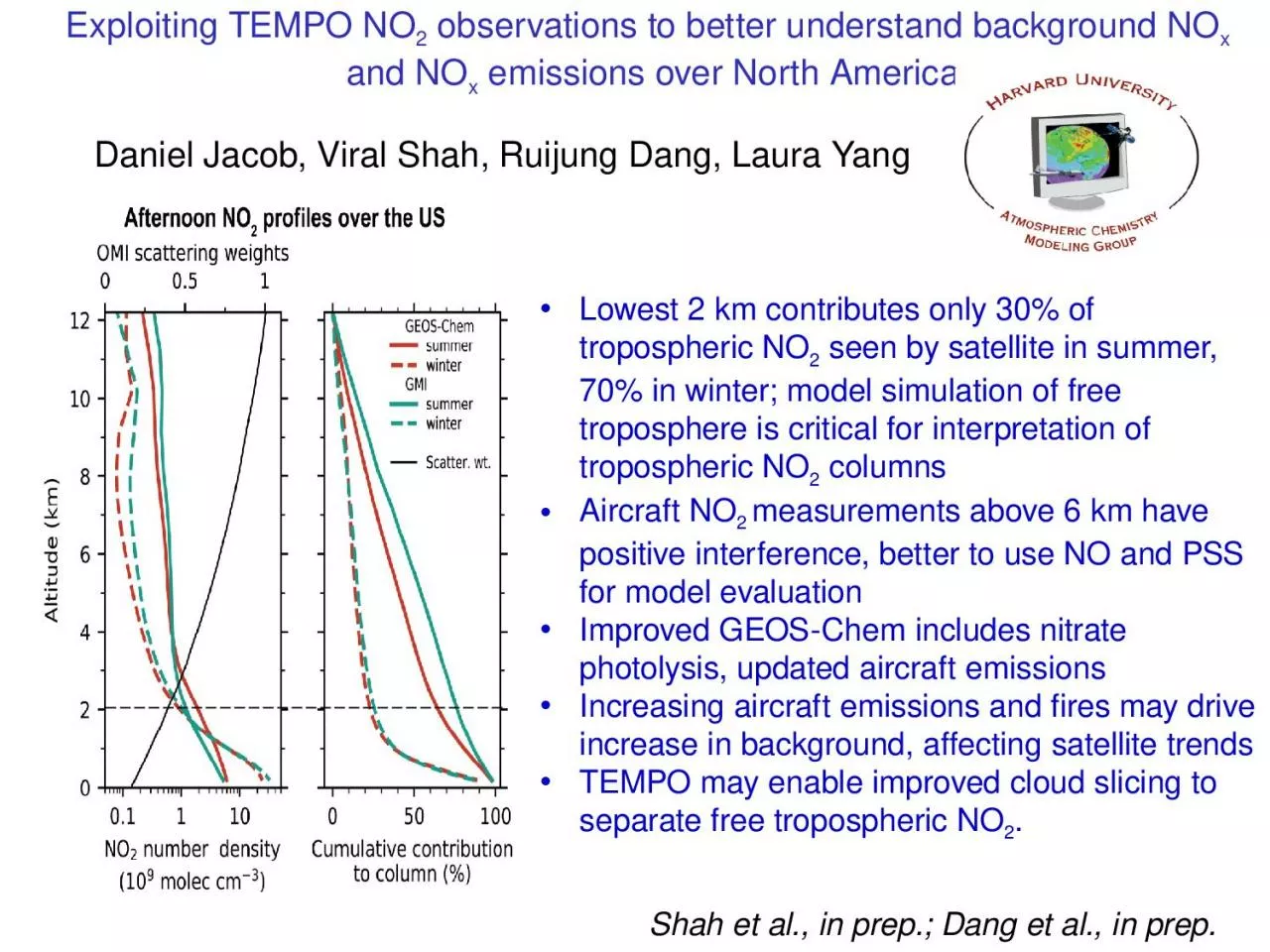
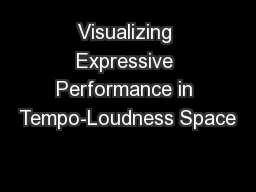

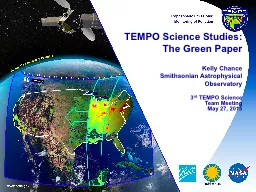
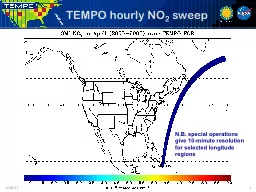
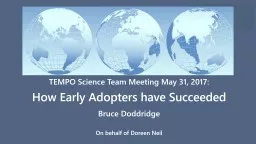
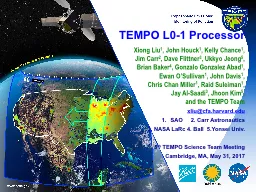

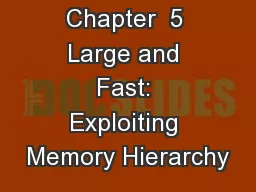
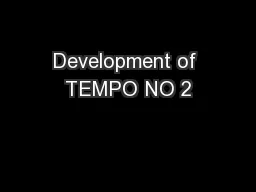

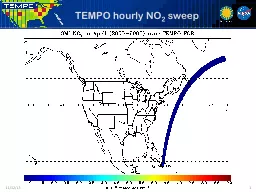
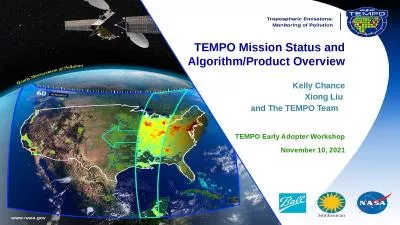
![[Air Quality Forecasting] Breakout Report 1st TEMPO Applications Workshop Huntsville,](https://thumbs.docslides.com/1067409/air-quality-forecasting-breakout-report-1st-tempo-applications-workshop-huntsville-al.jpg)